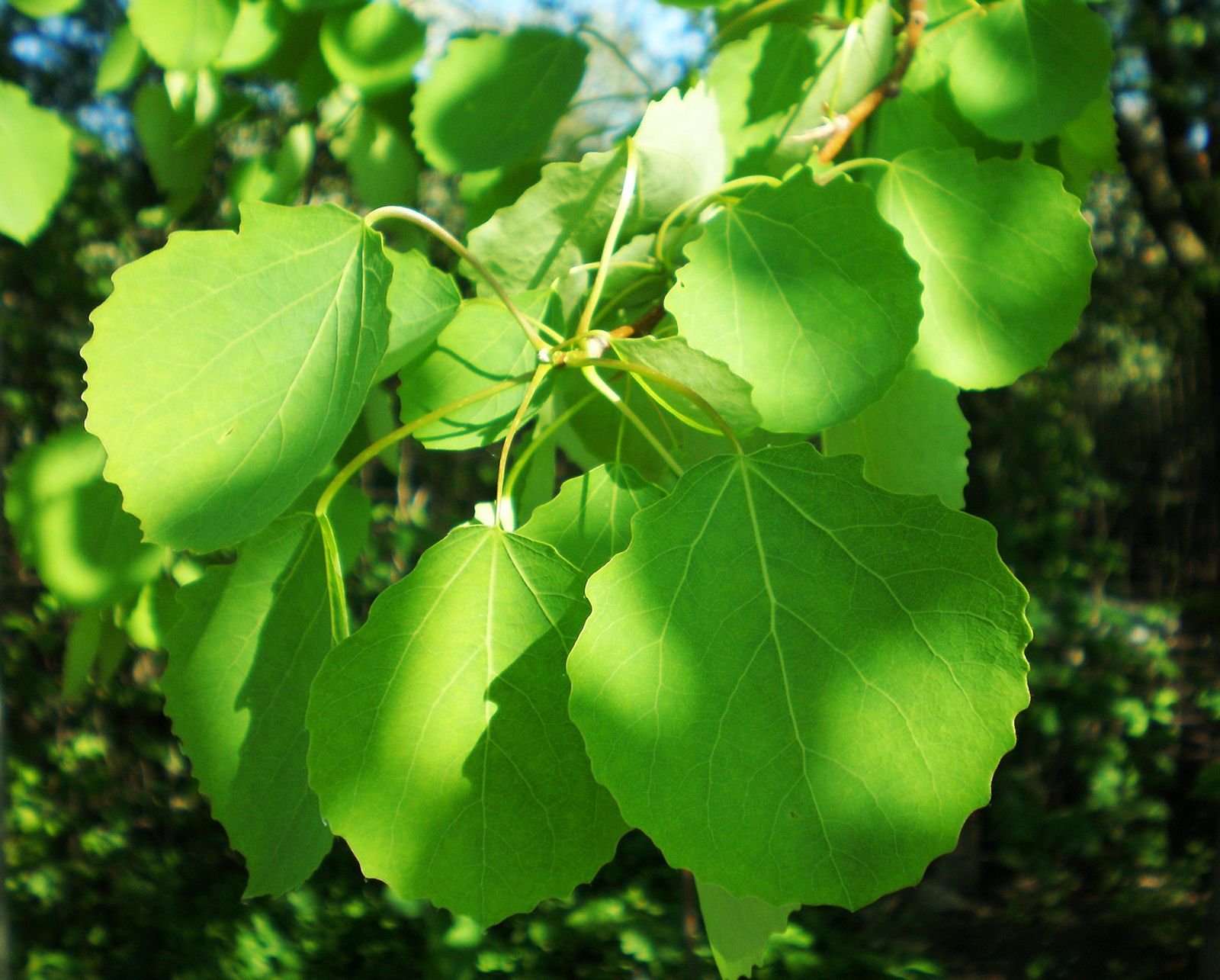With their distinctive leaves, branching patterns, and graceful silhouettes, poplar trees have captivated artists and photographers for generations When captured in images, poplars convey a sense of rhythm and motion that comes from their fluttering leaves and the elegant swaying of their trunks and branches Let’s explore some favorite ways to portray the visual splendor of poplar trees through photography and other media.
Showcasing Distinctive Bark Patterns
One striking feature of poplars is the unique color and texture of their bark. The mottled patterns and furrowed ridges make for intriguing close-up shots. Isolate sections of bark filling the frame to showcase the complex details. Convert the image to black and white to further emphasize the bark’s graphic, sculptural look.
Emphasizing Slim, Soaring Trunk Lines
Poplars often have tall, slender trunks that make a strong vertical statement. Photograph a solo poplar centered in the composition to showcase its towering height. Angle the camera up to dramatize the perspective. The slim trunk paired with the horizontal lines of branches makes a dynamic contrast.
Playing with Light and Shadows
The interplay of light and shadow brings out textural dimensions in poplar bark and foliage. Side lighting generates striking shadows that accentuate the patterns. Backlighting creates an aura around the tree’s outline. Dappled light filtered through the canopy casts dancing shadows on the ground. Experiment with lighting angles to add visual interest.
Isolating Leaves Against the Sky
One of the poplar’s assets is its shimmering leaves. Capture a branch silhouetted against a bright sky, with individual quivering leaves standing out sharply. The contrast emphasizes the leaves’ heart shape and distinctive fluttering movement. You can also fill the frame with a collection of poplar leaves to reveal their color gradations and variations in shape and size.
Conveying a Sense of Place
Capture poplars within rural landscapes, urban settings, or natural environments to portray “a sense of place.” The trees’ slender verticality contrasts beautifully with horizontal landscapes. Poplars along roads or rivers lead the eye through the scene. Show them clustered in groves to convey the patterns of natural groupings. Let the surrounding environment tell the tree’s story.
Freezing the Motion of Leaves and Branches
From the barely perceptible quivering of poplar leaves to the graceful swaying of lithe branches, poplars are the essence of movement. Convey motion by adjusting shutter speed. A faster setting freezes branches mid-sway, while a longer exposure blurs the movement into dreamy brushstroke effects. You can also try panning the camera to follow the kinetic energy.
Casting Interesting Reflections
The striking outlines of poplar trunks and branches make intriguing reflections in calm water. Seek out ponds, lakes, or other still water to portray the trees in reflection. Position the camera to include both the actual tree and its mirror image for a harmonious composition. Early morning or dusk offer flattering light.
Paired in Compositions
Place two poplar trees together in photographic compositions to convey relationship. Position them at different distances to create depth and perspective. Turn them inward to frame a subject or outward to direct attention. Capture rows of poplars receding into the distance to convey rhythmic repetition. Or fill the frame with the striking pattern made by the crossing and interlacing of two trunks and branches.
Portraying Magnificent Silhouettes
The distinctive outline of poplars makes them ideal subjects for silhouette shots. Photograph them backlit at sunset or sunrise when side lighting sculpts the trunk and branches into dramatic dark shapes against the colorful sky. The contrast spotlights their form. You can also digitally convert images to solid black silhouettes for bold graphic impact.
Evoking Artistic Appeal
In addition to photography, poplar trees have been portrayed in painting, drawing, sculpture, poetry, and other art forms. Capture inspiring poplar images, then collage, combine, filter, or remix them to create unique artistic interpretations. Or use them as reference to craft original hand-drawn or painted representations that capture the trees’ spirit through your own creative vision.
The gracefully upright poplar has been an iconic element of landscapes for centuries. Experiment with vantage point, framing, lighting, and composition as you photograph poplars in different seasons and settings. Pay tribute to their singular beauty by capturing these majestic trees in fresh and compelling new ways.
Interesting Poplar tree Facts
FAQ
How do you identify a poplar tree?
What does a full grown poplar tree look like?
What does natural poplar look like?
Are poplar trees good for anything?
Where can I find stock photos of poplar trees?
You can find high-quality, authentic Poplar Tree stock photos at Getty Images. Browse our premium collection and find images in a variety of sizes and formats to fit your needs. Getty Images – Poplar Tree Photos
How many poplar trees are there?
Browse 10,043 poplar trees stock photos and images available or search for aspen or bee hives to find more great stock photos and pictures.
How big do poplar trees get?
Descriptions and pictures of poplar leaves, bark, and flowers will help identify different species of poplar. Poplar trees belong to the genus Populus in the willow family Salicaceae. Poplar trees range in height and grow between 20 and 165 ft. (6 – 50 m) tall and up to 70 ft. (21 m) wide. Poplars grow in USDA zones 3 through 9.
What is a poplar tree?
Poplar trees are a diverse group of fast-growing deciduous trees found across various regions of the world. Known for their tall, slender trunks and fluttering leaves, poplars belong to the genus Populus and come in several varieties, each with unique characteristics.
- The Ultimate Guide to Growing Strawberries in Raised Beds - August 8, 2025
- No-Dig Garden Beds: The Easiest Way to Grow a Beautiful Garden - August 6, 2025
- How to Protect and Preserve Wood for Raised Garden Beds - August 6, 2025

